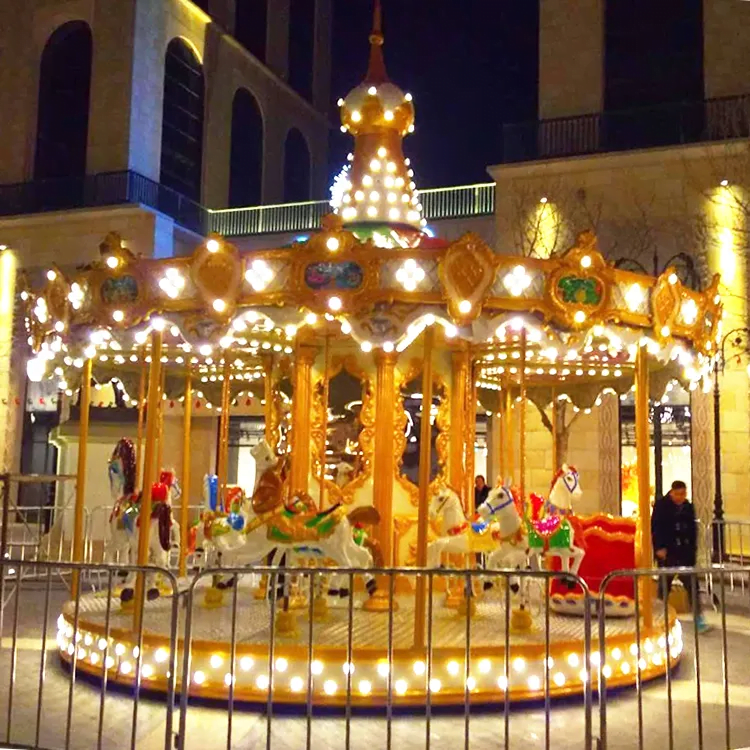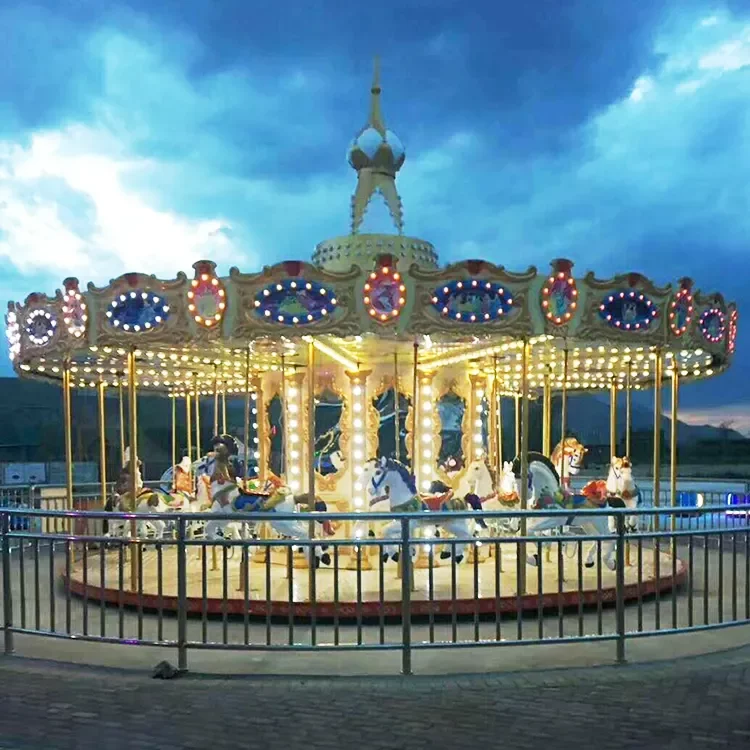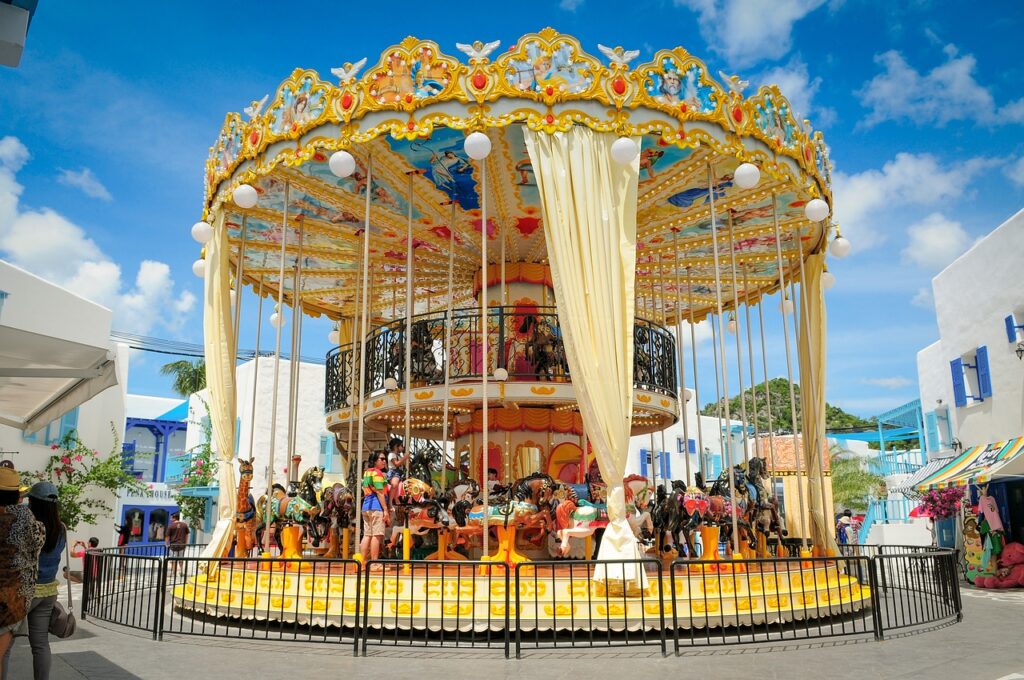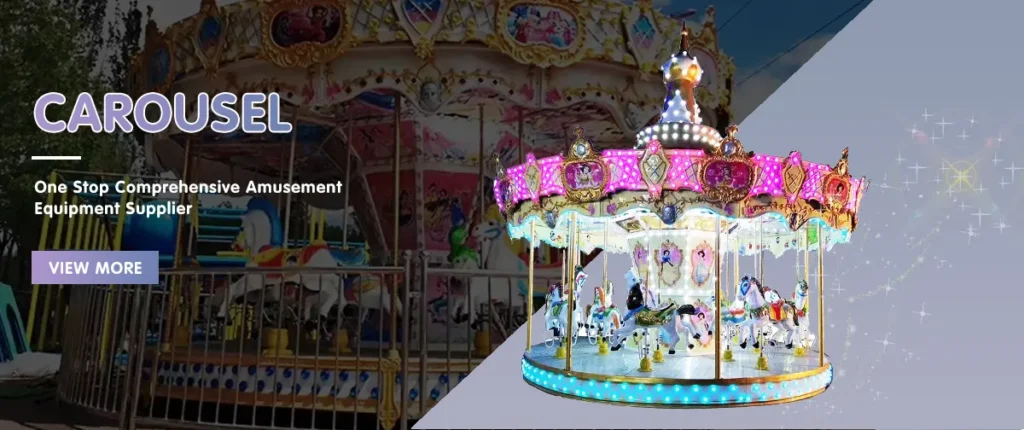Buying Carousel for Profit in an Amusement Park: Key Considerations

In the pursuit of establishing a profitable carousel operation within an amusement park, several crucial factors need to be meticulously analyzed and addressed. This comprehensive exploration aims to outline the essential aspects that contribute to the success and financial viability of such an endeavor.
Market Demand Analysis of carousel
The first and foremost step is to conduct a detailed study of the market demand. This involves researching the footfall in the local amusement parks and understanding the age distribution of the visitors. For example, take the case of Park in a nearby town. They initially failed to consider the age group of their primary visitors and installed a carousel that was more appealing to teenagers. However, the majority of their guests were families with young children. As a result, the carousel didn’t attract as much interest as expected. By having a clear picture of the number and age groups of potential customers, one can better predict the popularity and usage frequency of the carousel. Additionally, it’s essential to gauge the level of interest and preference that visitors have for carousel rides. This can be done through surveys, feedback forms, or even observing the queues and engagement at existing carousel facilities in similar parks.
The financial aspect is of paramount importance. Calculating the initial investment for purchasing a carousel is not limited to the cost of the equipment itself. Transportation and installation expenses also need to be factored in. These can often add a significant amount to the overall outlay. Consider the story of Park Y. They underestimated the transportation costs for a large carousel and ended up facing unexpected financial burdens. Moreover, the ongoing maintenance and upkeep costs should not be overlooked. Regular inspections, replacement of parts, and potential technical servicing all contribute to the long-term operational expenses. A well-planned budget that accounts for these costs helps in setting realistic financial expectations and ensuring the sustainability of the business.
Determining the appropriate charge for carousel rides is a delicate balance. It requires a comprehensive understanding of the market rates and the costs incurred. Overcharging might deter customers, while under pricing could lead to financial losses despite high demand. Let’s look at Park Z. They set their prices too high initially and saw a significant drop in the number of riders. Later, they adjusted the prices based on market research and customer feedback and witnessed a marked increase in usage. Additionally, introducing attractive offers such as discounted packages for families or groups, and implementing a membership system can enhance customer loyalty and increase the frequency of visits. For example, a monthly or annual membership that offers a certain number of free rides or priority access can be an enticing option for frequent park-goers.
Safety Considerations
Safety should never be compromised. The carousel must adhere strictly to national safety standards and quality requirements. This ensures the well-being of the riders and protects the business from potential legal and reputation risks. For instance, a certain amusement park was forced to shut down its carousel operations temporarily due to non-compliance with safety standards, resulting in significant financial losses and damage to its reputation. Moreover, investing in the training of professional operators is crucial. They should be well-versed in safety protocols, emergency procedures, and the proper operation of the equipment to guarantee a smooth and secure experience for every visitor.
Competitive Analysis
In a competitive landscape, it’s essential to have a clear understanding of what the competition offers. Studying the number, quality, and pricing of similar carousel facilities in nearby amusement parks provides valuable insights. If competitors have more advanced or aesthetically appealing carousels, one might need to focus on differentiating through superior customer service, unique feel, or additional amenities. Take the example of Park A, which managed to stand out by offering personalized experiences for children on their carousel rides, such as naming the horses and having special birthday packages. Identifying and capitalizing on one’s unique selling points is key to standing out and attracting customers in a crowded market.
In conclusion, buying a carousel for profit in an amusement park is not a decision to be taken lightly. It requires a thorough understanding of market dynamics, careful financial planning, strategic marketing, and an unwavering commitment to safety. By addressing these key considerations, one can increase the chances of creating a successful and profitable carousel operation that delights visitors and generates sustainable revenue.



